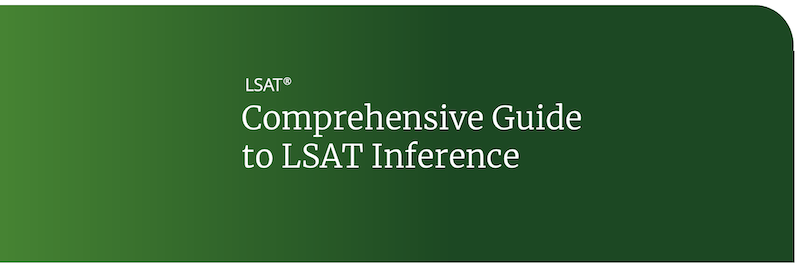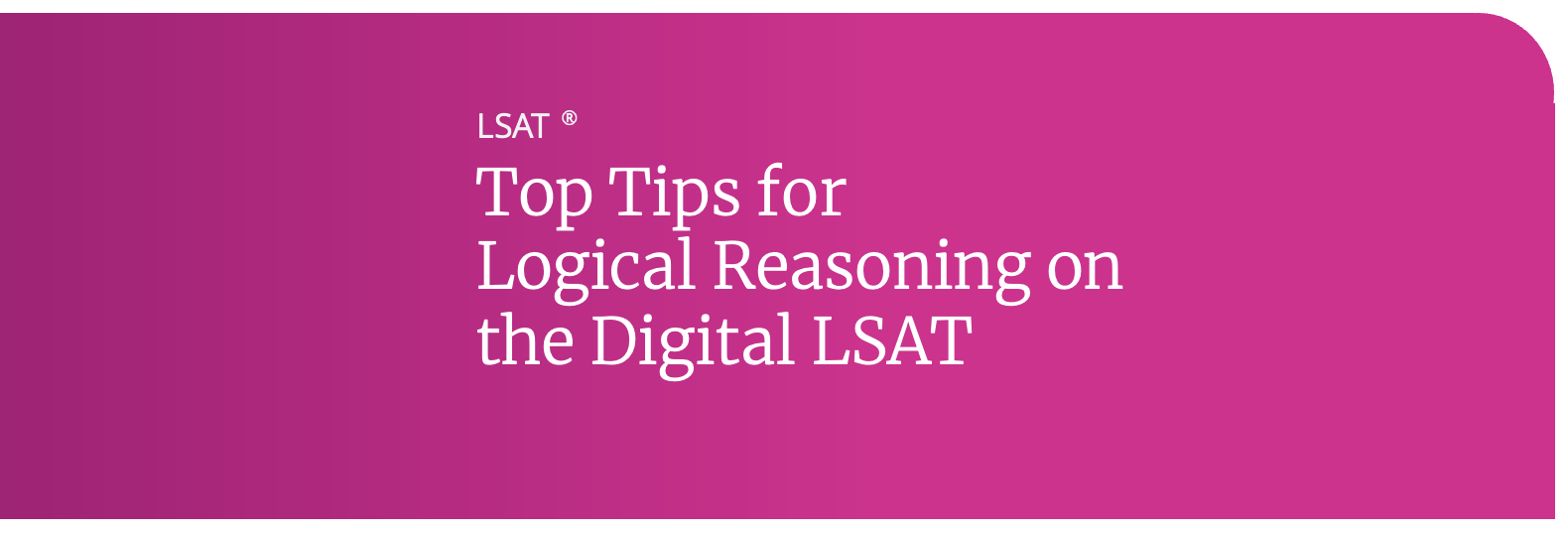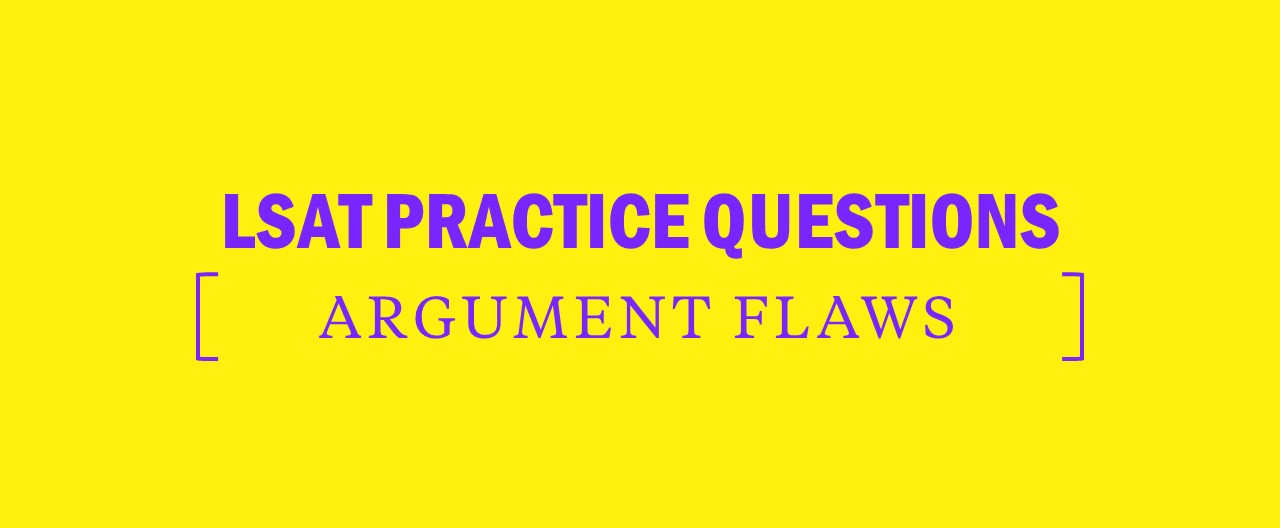LSAT Logical Reasoning: Strengthen & Weaken Questions
One common LSAT reasoning question is the kind that asks you to “strengthen” the argument. The most common mistake that people make on these kinds of questions is failing to stay close enough to the text of the argument as written.
Strengthen Sample Question
Your first step here is to read the question itself, and notice that it’s asking you to find the answer choice that supports, or strengthens, the conclusion. Then, as you read the argument, notice the word thus, which is a great clue to guide you to the argument’s conclusion, which is that “the Employee Wellness Program will be good for both the employees and the firm.”
The argument’s evidence provides several examples of how to program is good for the firm—it will “improve workplace attendance and performance, and reduce the employer’s costs for employee health insurance.” But the conclusion talks about benefits for employees as well as the firm, and the argument doesn’t state explicitly how the program will benefit them.
Evaluating the Answer Choices
(A) Many employees take advantage of free diabetes monitoring when it is offered by employers.
The monitoring’s popularity might indicate that it is beneficial to the employees, but it might not. This choice doesn’t clearly demonstrate that the Employee Wellness Program benefits the employees, and is a good example of a wrong answer that makes the test-taker work too hard in order to justify choosing it. Here, one would have to assume that employees take advantage of the program because it is beneficial to them. A strengthener shouldn’t require a major assumption, and therefore this choice is not the best answer. Wrong answers like this are common, so watch out for them.
(B) Smokers Anonymous programs are only effective for 20% of those smokers who use them.
This choice makes it LESS likely that the programs will benefit either the employees or the firm. This answer choice may catch your eye if you didn’t read the question closely enough, and are mistakenly looking for a weakener instead of a strengthener.
(C) Discounted memberships at a local gym will make it easier for employees to improve their cardiovascular health and reduce the incidence of serious illness.
This is the correct answer. The argument seems to imply that the increased attendance and performance and reduced health insurance costs are due to improved employee health, which would naturally benefit the employees. This choice makes that unstated implication clear, and fills the gap in the argument.
If words like unstated and gap remind you of assumption questions, that’s a good thing! Often, the weakness in an argument is due to the gap left by an unstated assumption, and the best way to strengthen the argument is by explicitly stating the assumption.
(D) Exercising without the help of a personal trainer can often lead to injury due to incorrect use of weight-training equipment.
This answer might be tempting, but again, it requires too many assumptions to tie it into the argument as a strengthener. In order for this to strengthen the argument, one must assume that employees would still exercise without the personal training services, and that they would incorrectly use the weight-training equipment. That’s too much work for the question, and so this answer choice must be rejected.
(E) Beasley & Halpert will give employees taking part in the Smokers Anonymous program one paid hour off each Friday afternoon to attend the group meetings.
This might benefit the employees, but it would be a burden to Company X. Therefore, it’s not the best choice.
On Test Day
One key to success with strengthen questions on the LSAT is to remember that the correct answer shouldn’t take too much work to justify.
Weaken Questions
The flipside of the “strengthen” question coin on the LSAT is the “weaken” question. The same set of evidence and conclusion can easily be used for either question type, so it’s always a good idea to start by reading the question itself first, to determine the task before you go to the argument. After that, your approach is almost identical to the way that you would approach a strengthen question.
Weaken Sample Question
You should always read the question first, and here the commonly-used phrase “calls into question” means that this question is asking for a weakener.
Looking at the argument, we can see from the clue word “therefore” that the conclusion is the last sentence of the argument: “if NoSick remains in production, the banjobush will eventually become extinct.” Now our job is to find a way to attack the argument, and the easiest way to do that is to identify an existing weakness and exploit it.
Here, as in many arguments on the LSAT, the argument has an unstated assumption. The evidence states that the banjobush is “rare in Kentucky,” and concludes that extinction will occur because of that. But for something to be extinct, it must not exist anywhere in the world, and we only have evidence about the bush’s growth in one state. The unstated assumptions are that the bush doesn’t grow anywhere else, and that growth can’t keep up with the demand for the trees. A great way to weaken the argument, then, is to attack one of those assumptions.
Evaluating the Answer Choices
a) The company that holds the patent to NoSick has exclusive rights to produce the drug for another 12 years.
This choice would require another assumption in order to weaken the conclusion: that the one company producing NoSick would not produce enough of it to kill off the banjobush. Weakeners, like strengtheners, shouldn’t require so much work to fit into the argument.
b) NoSick is expensive, and is not currently covered by any major insurance plans.
This choice, like choice a), is not closely enough related to the argument.
c) Banjobush stems are considered a gourmet delicacy in many countries.
This choice makes it more likely that the bush will be in demand and will face extinction. The argument is strengthened, not weakened, by this choice.
d) The banjobush, although native to Kentucky, can easily be grown in other parts of the country.
This is the correct answer, since it exploits the unstated assumptions by explicitly disproving that one of them is true.
e) Producing NoSick is time-consuming and costly for the drug manufacturer.
This choice has the same problem as choices a) and b): it takes extra assumptions to fit it into the argument, and that’s not what we want.
If you find yourself taking several extra logical steps to explain how an answer choice relates back to the argument and makes the conclusion less likely to follow from the evidence, then the answer choice is probably not close enough to the text of the argument as written. Remember to stay close to the internal logic of the argument, and don’t bring in specialized outside knowledge! The test is written so that each question belongs in its own little world, and outside knowledge is rarely relevant to finding the correct answer.
Reminder
The correct answer just has to make the conclusion less likely to follow from the evidence; it doesn’t need to completely disprove the conclusion, although sometimes it will. So make sure that you’re not looking for unnecessarily extreme answers.
Previous: Logical Reasoning: Parallel & Parallel Flaws
Next: What’s Tested on the LSAT: Reading Comprehension




